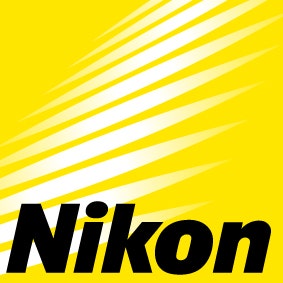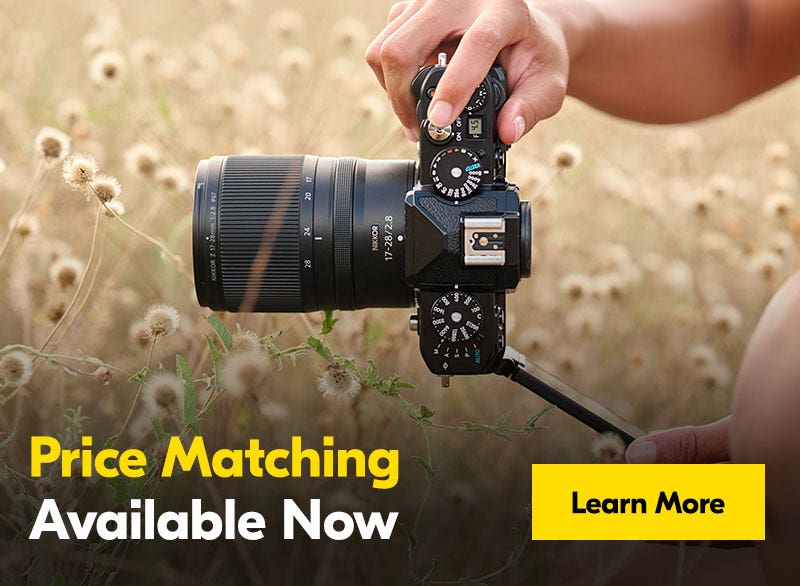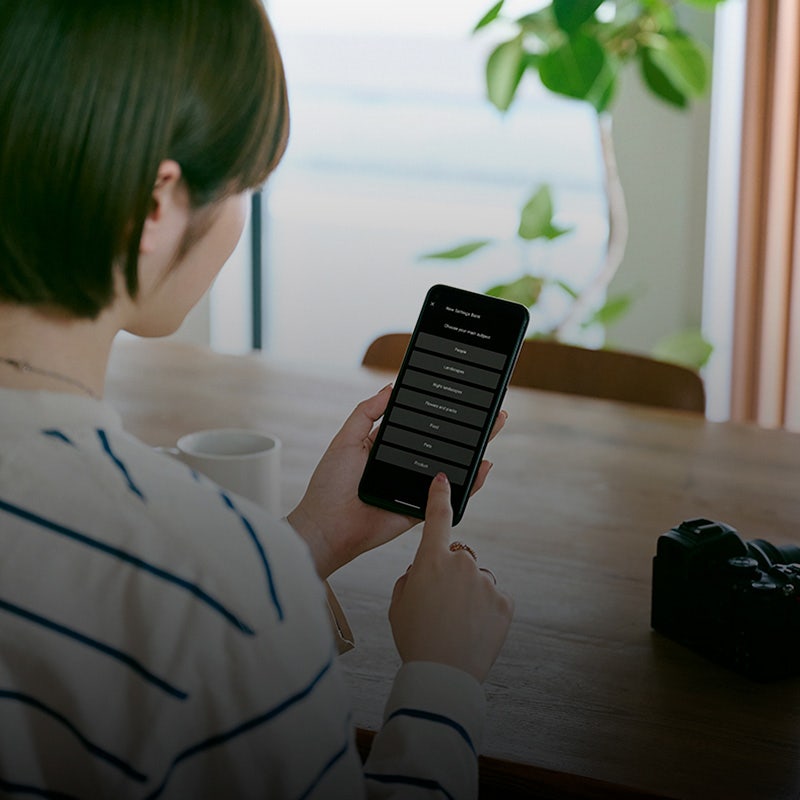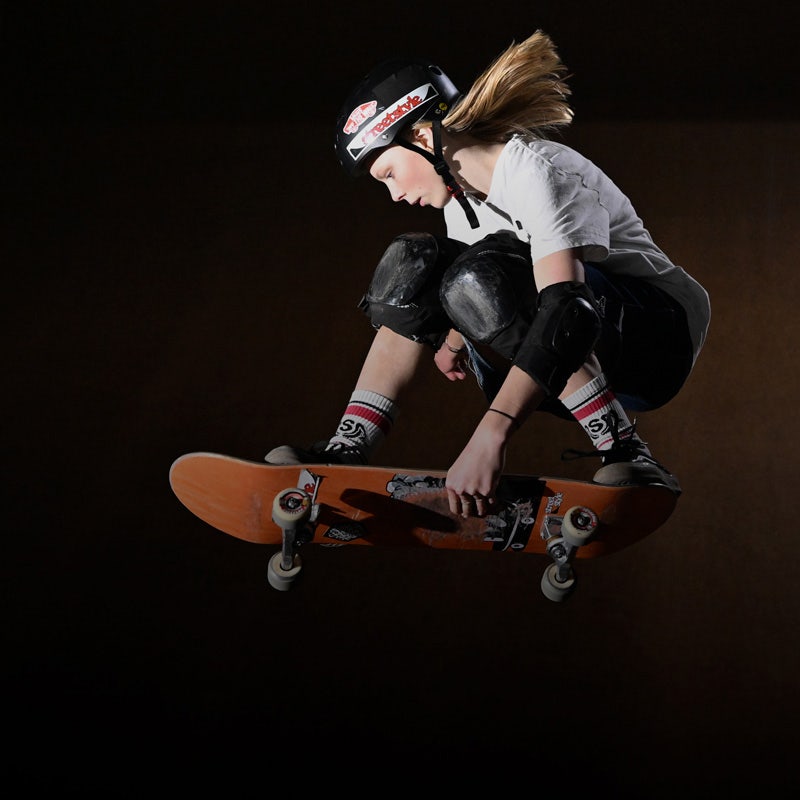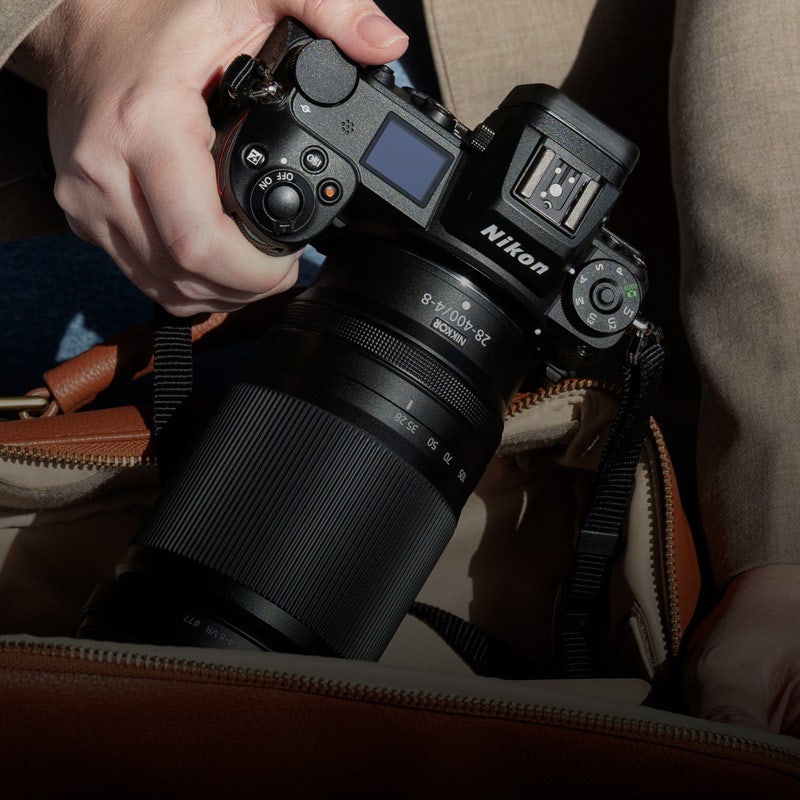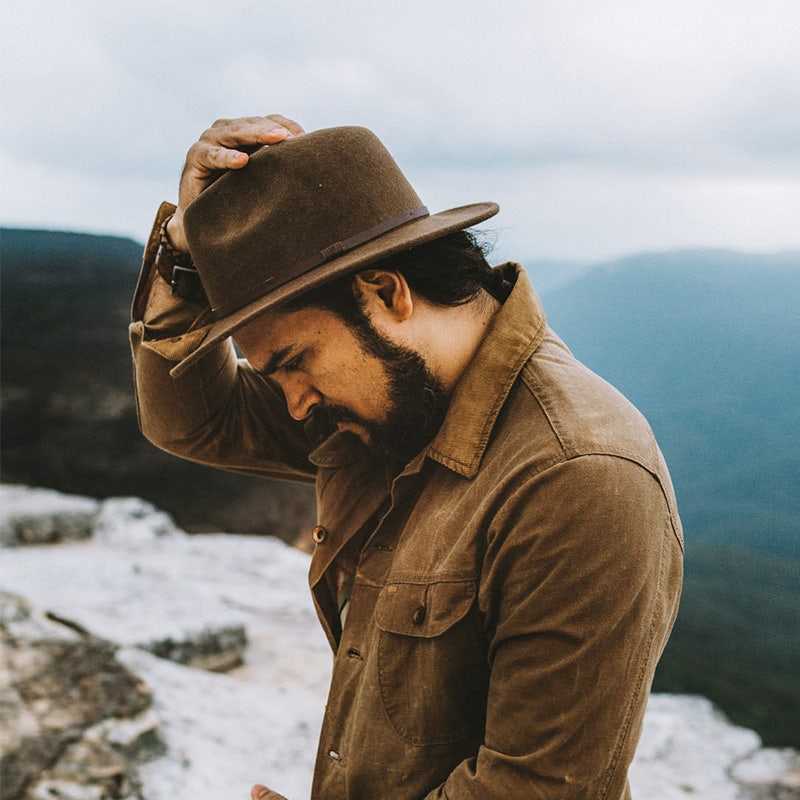Michelle Grace Hunder is an artist making art about other artists.


In only a decade, Melbourne-based photographer Michelle Grace Hunder has gone from roving the local music scene with nothing but a DSLR and a dream, to one of the brightest sparks in Australian music photography. Highly intuitive, equally passionate and a self-professed workaholic, Hunder throws herself into everything she does with infectious joie de vivre.
After finding her footing within the Aussie hip-hop scene, Hunder has since become the go-to photographer for many of the nation’s biggest names, including Ruel. Now accustomed to darting between live gigs, studio shoots and worldwide tours, Hunder works in close creative collaboration with a long list of artists, while adding to her already-impressive portfolio of press images, portraits, and album and magazine covers. If that isn’t enough, she has released a hip hop-inspired photography book, produced a vital documentary on women in Australian music, and has recently utilised new online technologies to thrive during worst of the pandemic.
We sat down with Hunder to find out how she manages to keep so many plates spinning.
How did you first become interested in photography?
It was kind of by accident. 10 or so years ago, my husband bought me a DSLR for Christmas. He’d noticed that, on a casual level, I liked documenting things like parties. I had a little point-and-shoot and I’d go around taking photos…not from a ‘photography’ point of view but more in the name of saving memories. So, he said “here’s a camera, off you go” [chuckles]. Little did he know that he was igniting not only my passion, but what is now my purpose.
I was 31 at the time, too. I never had any inclination of doing anything creative like that. It’s a bit of an unusual story but I’m glad that it happened!
You’ve come to be one of the nation’s pre-eminent music photographers. Can you tell us about the journey from starting out to becoming so well-established?
I was involved in a business that failed miserably – it lost a lot of money and I was soul searching for what to do next… will I go back to corporate life? I couldn’t imagine going back to 9-to-5. It was just really daunting to think about starting all over again in that regard. My husband said to me “why don’t you just give this photography thing a go?”.
A few of my friends were photographers from when I used to do a bit of freelance modelling. I knew the process, I knew about TFP shoots. So, I just started shooting and my photographer friends were really encouraging. They would say “hey, I think you’re really good at this”. One particular friend said “I think you’ve got the eye”. I think having that encouragement really pushed me to keep going and to pursue it. So, I just threw myself into it.
While your output is increasingly eclectic and stretches beyond straight photography, you were initially fuelled by your passion for Aussie hip hop. Can you tell us a bit about that passion?
For me, it was a bit of a natural progression to start working with people that I knew and a couple of those people were working in the music industry. They were rappers. I started following them to gigs, going around and really immersing myself in the Australian hip-hop scene – which I was really ignorant to before. Yes, I’d always been really into hip hop and had listened to it since I was 12 years old. But I wasn’t really aware of the scene here. Of course, I’d heard of Hilltop Hoods and Bliss n Eso… some of the bigger groups, but it turns out there was this really beautiful local scene. I thought “wow, how come no one knows about this? These people aren’t being played on the radio!”
So, I became really passionate about documenting these guys and basically just started making a nuisance of myself [laughs], showing up to gigs with a camera and trying to get to know as many people as possible… just immersed myself in the scene until I became part of it. It really just clicked.
I was really lucky that I understood the aesthetic of hip hop. I just got it. I know the culture. All the stuff I was inspired by, visually, was iconic 90s hip hop imagery. So, it all worked really well and, well, took off from there.
You are the go-to photographer for established Aussie artists Seth Sentry, Illy and Ruel. How did you come to work with such major players?
So, Seth was the first artist that took me on tour. Illy was the second. But Ruel is the artist that I’ve worked with the most in the past four years. If you don’t know his music, you need to start listening today! He’s a young, emerging artist and I’ve been working with him since he was 13 years old.
I’m in his creative team so it’s a bit of a unique position. That is, I do all of his photography. Press shots, album covers. I tour with him. I shoot all his live shows. Then there’s behind the scenes and video shoot documentation. All of it. It’s a relationship that has developed over time. That’s been my main focus over the past few years.
But outside of that, I take press shots and album covers for bands, musicians and artists. In collaboration with them, I visually represent them and their music. So, I work very closely to get inside what they want their image and brand to look like. It’s less about me as an artist and more about bringing what they want to life. It’s very collaborative.




Images by Michelle Grace Hunder
Just a cursory look at your music portraiture shows that you’re able to easily shift styles and moods. How do you determine how to best capture the essence of an artist?
A lot of that happens on the day. It’s part of my process to really connect with an artist on set – to make them feel really comfortable and, as you said, capture the essence of who they are as a person. The on-set process I go through in order to facilitate the maximum level of comfort includes playing recorded music, setting the tone, picking outfits, going through everything happening on the day, understanding all the setups…and you know, just having a chat. Having a cup of tea and making sure they’re not overwhelmed. Sometimes photo shoots can be really overwhelming for an artist and it’s not often their favourite part of what they do. So, I try and take that fear away. Make it as quick and painless as possible. All while getting to know who they really are as people.
In 2014, you released a photography book on Aussie hip hop called RISE. Can you tell us a bit about the work?
RISE came out of wanting to document hip hop in Australia and shine a light on what I was seeing that I had felt was being largely ignored. I felt as if there was something bubbling in the scene—which is why I called it RISE—something really exciting. Aussie hip hop was predominately white for a while, but there was a shift that welcomed Indigenous artists and African-Australian artists. Since then, the scene really has exploded and I guess I was sensing and really wanting to document the moment just before the shift.
Also, it was my way of getting known. I didn’t know the pathway to becoming a professional music photographer, but I’m super logistical. In my head, I thought “okay, well, people just need to know who I am. How does that happen? I need to work with everybody”. So, this was a project to work with everybody, document the scene, highlight what’s happening, and really get in there as a music photographer.
It came out in 2014. We did a nationwide book tour that included a gig, so I was able to bring along my friends, do a show in each state and launch the book in an interesting way. It was super fun.
Over a four-year period, you produced a sprawling documentary on women in Australian music called Her Sound, Her Story, featuring a who’s who of the nation’s female artists. For the uninitiated, can you tell us about the project?
It came out of RISE and working with predominately men for the first few years of my career. Upon reflection, it dawned on me “oh wow, my whole portfolio is essentially dudes, what’s going on here?” I took a step back and asked “why is the Aussie hip-hop scene so male dominated and why it so hard to find women?” At the same time, I started to hear music industry statistics and saw how under-represented women were. It wasn’t just hip hop; it was the entire landscape of Australian music. It sparked a question in my mind.
Originally, I was going to just make a photo series, similar to RISE, but then I realised this was a bigger conversation. So, I said “let’s make a documentary”. I asked my filmmaker friend —Claudia, a video clip director— “why don’t you come along to the shoots that I’m doing and we’ll film some interviews and see what happens?”
I thought we’d talk to maybe 20 women. Then it became 30. Then 40. In the end, we featured 88 portraits. In addition, we put on an all-female-artist gig for the 2016 Melbourne Music Week and it was the fastest selling show of that festival. It was super successful. It was a great time to highlight all the amazing female artists in Australia; to listen to their voices and understand that there are some extra hurdles for women. None of the featured artists are victims and they’re all really successful in what they do, but they just helped start a conversation about what actually happens.
As a Melbournite, how did the pandemic affect your work?
Almost about a year ago this week, I remember looking at my calendar and deleting massive chunks of touring I was supposed to be doing with Ruel. It was about seven months of touring that I had to delete in one day. So, that was quite devastating because I love touring. I always wanted to be touring photographer and I’d worked for 10 years to get into this position. It’s really hard in Australia. There are not many bands that have the budgets to take along touring photographers.
I’m usually a really positive, optimistic person, so when I felt this overwhelming anxiety, I just channelled it into something new. I’m not the person who can just sit and watch Netflix. I wish I was! It’d be good to relax. Instead, I put all that excess energy into livestreaming.
I started streaming photography-related content on Twitch, so as to connect with a community of people that were probably feeling the same way as me. I would pop up a few times a week and do, well, I wasn’t really sure at the start. I was just going to jump on and see if there were people out there wanting or needing this…
It quickly took on a life of its own. There’s this beautiful community that have been supporting me for about a year. Originally, I started streaming workshops and creative challenges. I set a theme every week for people to go out and shoot and would assess the work submitted. That became a beautiful event that we do every Sunday. It’s just really lovely and wholesome.
The other stream I do is interviews with industry professionals. We just had Shawn Mendes’ photographer on. We’ve had some really big names, including musicians and artists. We basically talk about photography, about music and try to entertain people at a time when a lot of people didn’t know what to do with themselves.
Even though I’m back shooting full time, I’m still streaming three days a week. Which is really tiring but I’m really committed to it.
What would you say to someone who wants to get into music photography, considering the relatively small size of the Australian industry?
I always say to get involved at a local level because a lot of people see music photographers and say “oh, I want to shoot Drake, I want to shoot Kendrick Lamar.” And that’s cool, that’s possible, there’s a pathway to do that, but I always recommend starting local and making connections and forming relationships with bands and people in the scene.
You also never know when one of those bands might suddenly take off. If you were the first person there; if you were documenting and you have a relationship with them then you might end up becoming their tour photographer. There are real benefits for doing the groundwork and the hard yards.


What would you say to a photographer who is struggling to find their own unique aesthetic or point of view?
I think that just comes with time. I remember not knowing my own voice or thinking that I didn’t have a style. It wasn’t until other people were pointing out that I did, that I started seeing it. So, I think it’s just practice, repetition, understanding what you like, and playing around with the process. You start to gravitate to a certain look and feel. Just don’t put pressure on yourself to find out what that is, because it comes naturally over time.
Similarly, what would you say to a photographer concerned with making photography their primary source of income?
That’s so hard. I mean, start shooting as much as possible. Let people know that a career in photography is your goal, as well. Because, I found that when I first started, my friends were actually hiring me to shoot weddings, or marketing material for their businesses. Generally, your friends will want to help you with your goal, so communicate that goal to them.
Making the jump from a full-time job in another industry to a freelancing photographer is really daunting. The baby step in between is having a part-time job; something that you can do for two or three days a week for a bit of income, and then devoting the other days to photography.
If you want to do the freelance life… it’s probably one of the hardest things you’re going to do. But if you set yourself up, it’s going to allow freedom later on. So, it’s really just digging in and working as hard as you can.
If we were to peek inside your gear bag, what would we find?
Okay! I just got given the Nikon Z 6II, which I’m going to be doing my first shoot with today. I have the Z 6, which I’ve been using for around 18 months, I think. I fell in love with that particular camera. I was originally doing all my live music photography with it and using my D4 for all my studio work. But now, I’ve started gravitating towards using mirrorless for everything.
My D4 is still in there and I still pull it out occasionally, but I don’t know, I really love shooting with the mirrorless. It’s just so light and compact.
I’ve got a full range of prime lenses. I’ve got a couple of the Z Series lenses: the 24-70mm, the 50mm, and the 16-35mm.
My kit is huge, but that’s probably all my go-to gear.
Oh, and I stream using the Z 5. It’s a great streaming camera. I highly recommend it to anyone that wants to stream.
What made you choose Nikon?
One of my mentors shot Nikon. I think, when my husband was asking for advice on what kind of camera to buy, my mentor said “you have to go with Nikon”. Personally, I can’t see a reason that I would ever change, I just love it.
